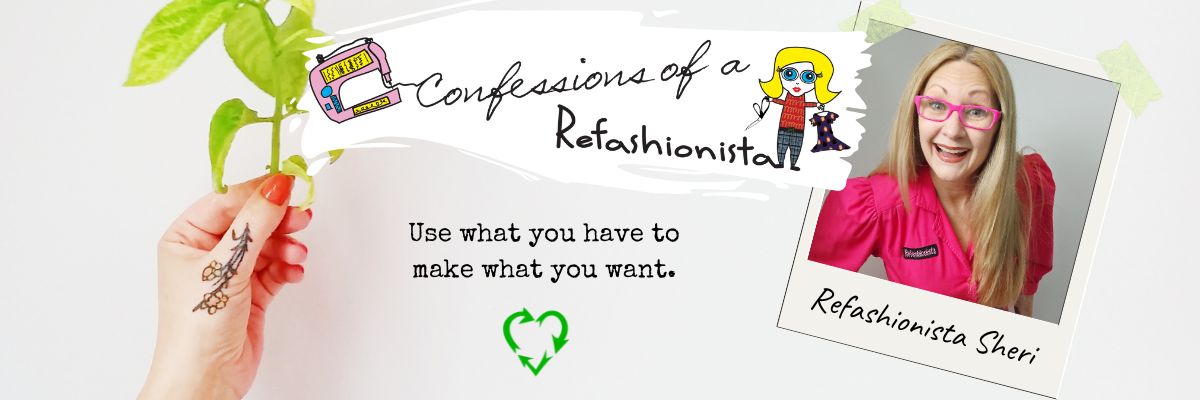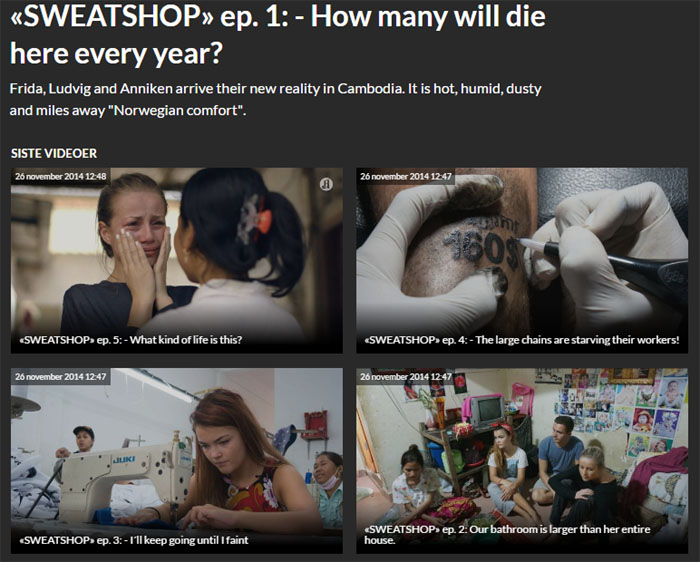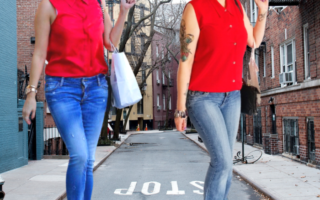Hooray! You’ve finally managed a Wardrobe Audit and dropped your unwanted gear at your local thrift shop but have you ever wondered what really happens to your donated clothing?
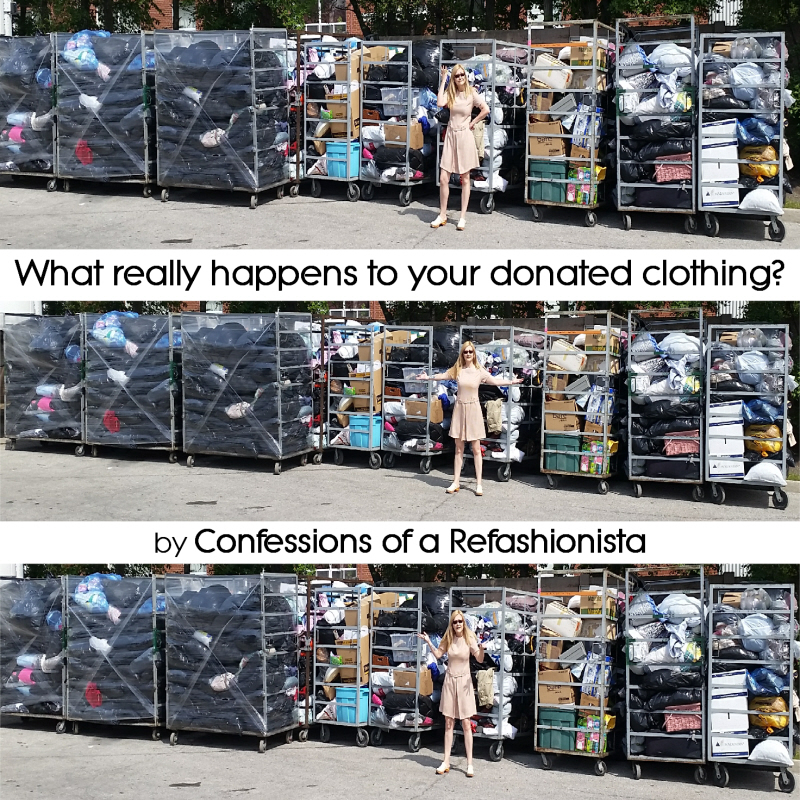
Take a peek at the reality behind thrift store donations and the world-travelling journey of your secondhand clothing:
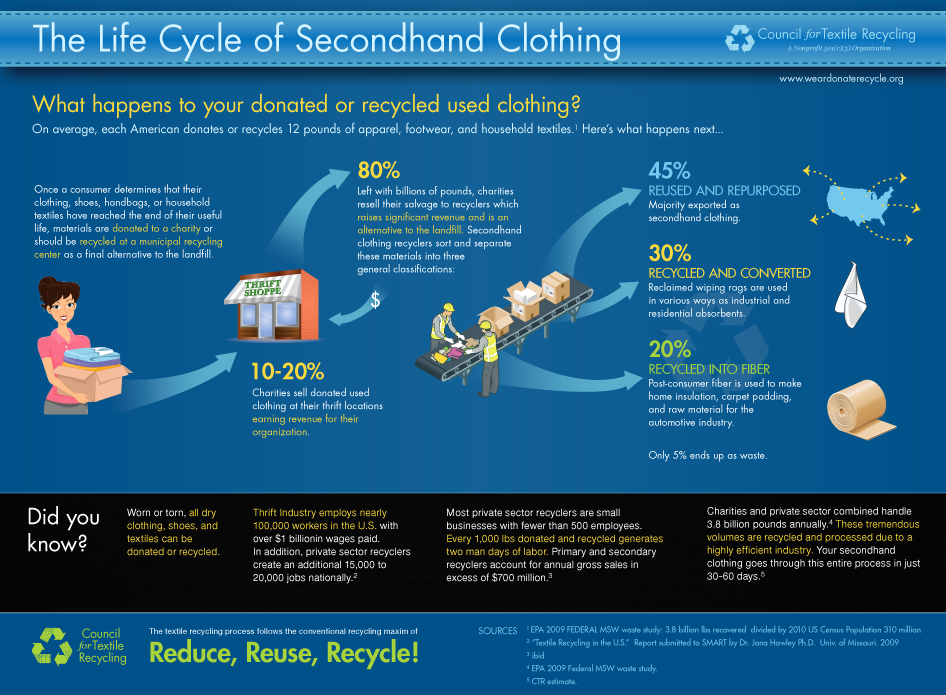
The council for textile recycling created the infographic above which brilliantly illustrates exactly what happens to the tons of donated clothing and textiles that are given to thrift shops daily.
Only 10 – 20% of donations will actualy make it on to the thrift/charity shop floor for sale and the rest will be cherry picked and sold to antique/vintage dealers, higher-end secondhand stores, textile recycling companies (to be sorted again, resold to more resellers & reused as raw material) and tons of items will be compressed into bales and sold to underdeveloped countries – unfortunately whatever can’t be sold for profit still ends up in landfills.
But what the heck are textile recyclers?
Every month textile recycling companies sort 350+ kilograms worth of items into over 200 categories. The pre-sorted articles are then exported all over the world according to special requests from resellers.
As exporters of second-hand clothing, textile recyclers deliver manually sorted, wearable items to international resellers. Items that are no longer wearable are moved directly onto the recycling circuit where they are transformed to lead a new life as roofing felt, park seats, insulation material or even stylish decor. The rest of the textiles are processed directly into eco-friendly cleaning cloths for industrial use.
Textile recycling absolutely saves the Earth’s valuable resources. Here’s an example: it takes 29.000 litres of water to produce one pair of jeans and the dyes used to colour them are toxic and harmful to the environment. The denim from a single pair of secondhand jeans can be recycled up to five times and requires only a half a litre of water to do so + old net curtains are upcycled and reused in underdeveloped countries as affordable fishing nets.
Perhaps instead of donating to misleading, overpriced thrift shops we should give (or sell) our unwanted gear directly to the textile recyclers?
Disclaimer: I am not at all an expert on the big business of fast fashion however I am a concerned consumer who has chosen to learn & share as much as I can through my own personal experiences & the wealth of resources available online.
My ambition to inform & influence others to step away from unethically (& immorally) produced products is the driving force that motivates me to continue providing fabulous free eco-fashion/accessory/decor tutorials, ethical outfit inspiration and helpful thrifting tips on my Confessions of a Refashionista blog as well as contributing & sharing my creative skills throughout the online maker world.
Discover how to use what you have to create what you want at RefashionistaSheri.com
